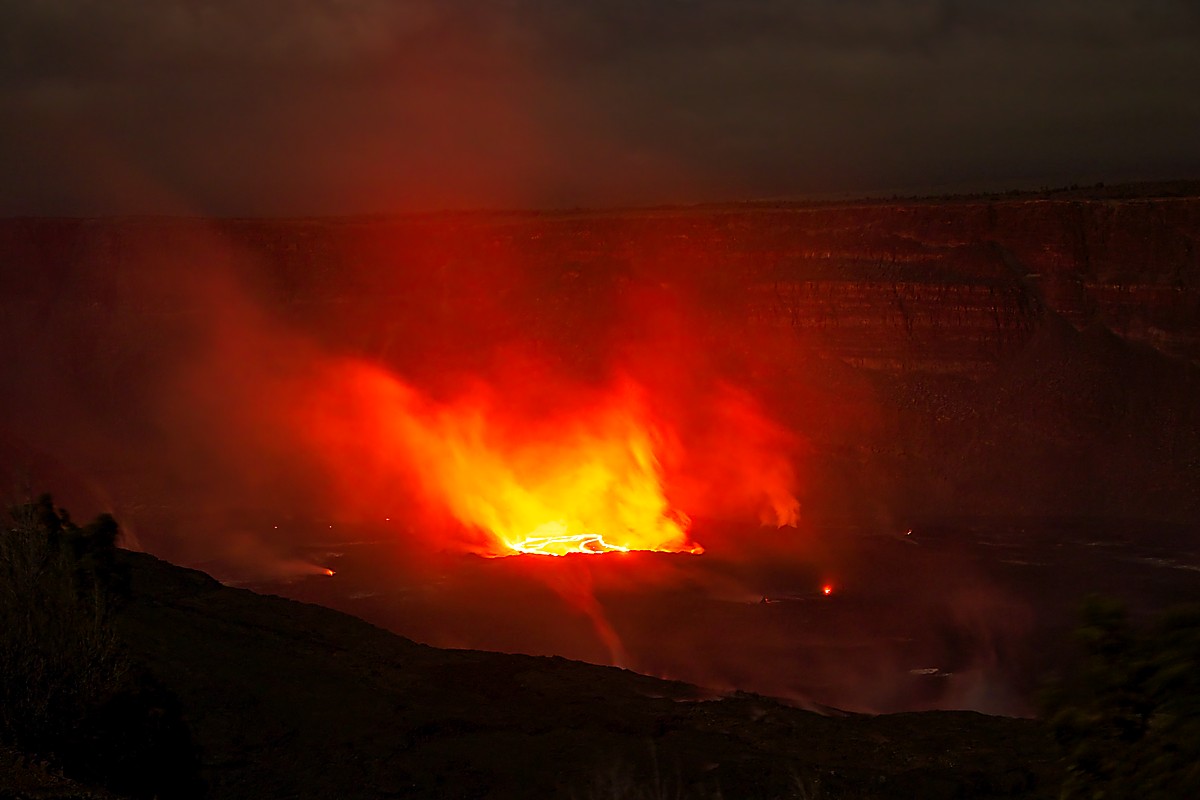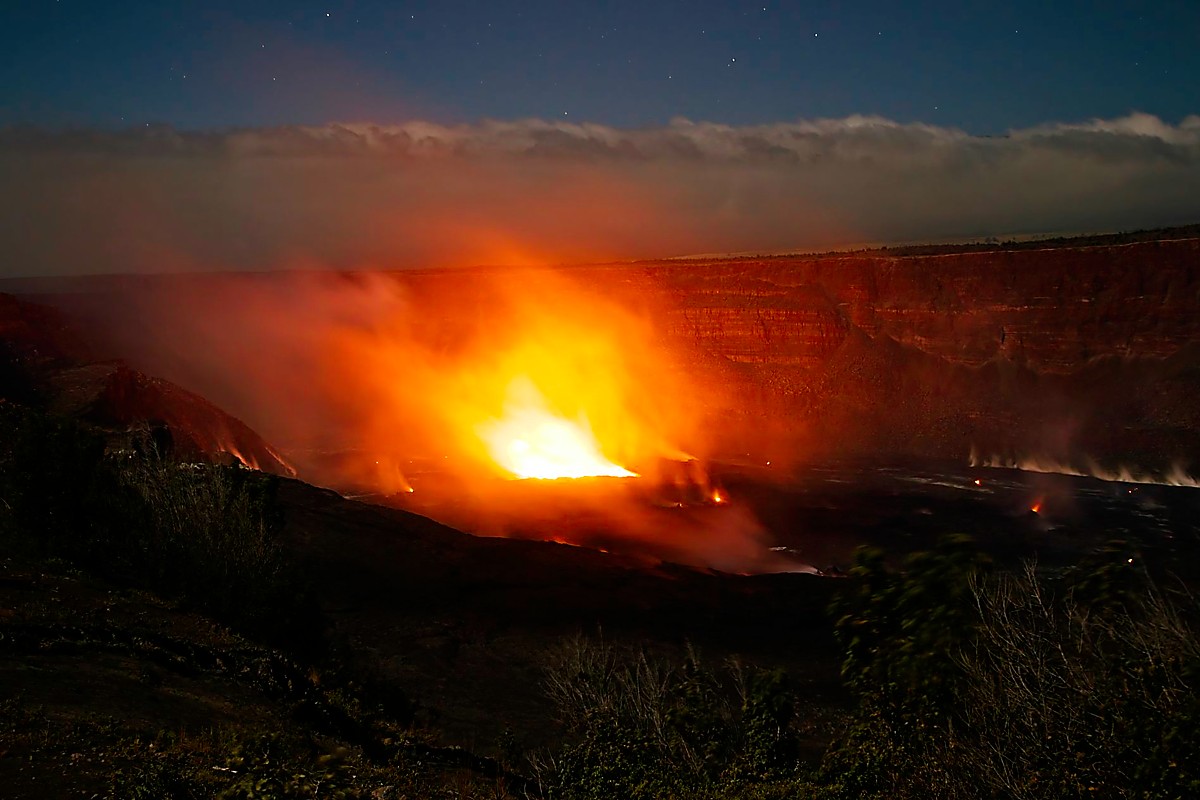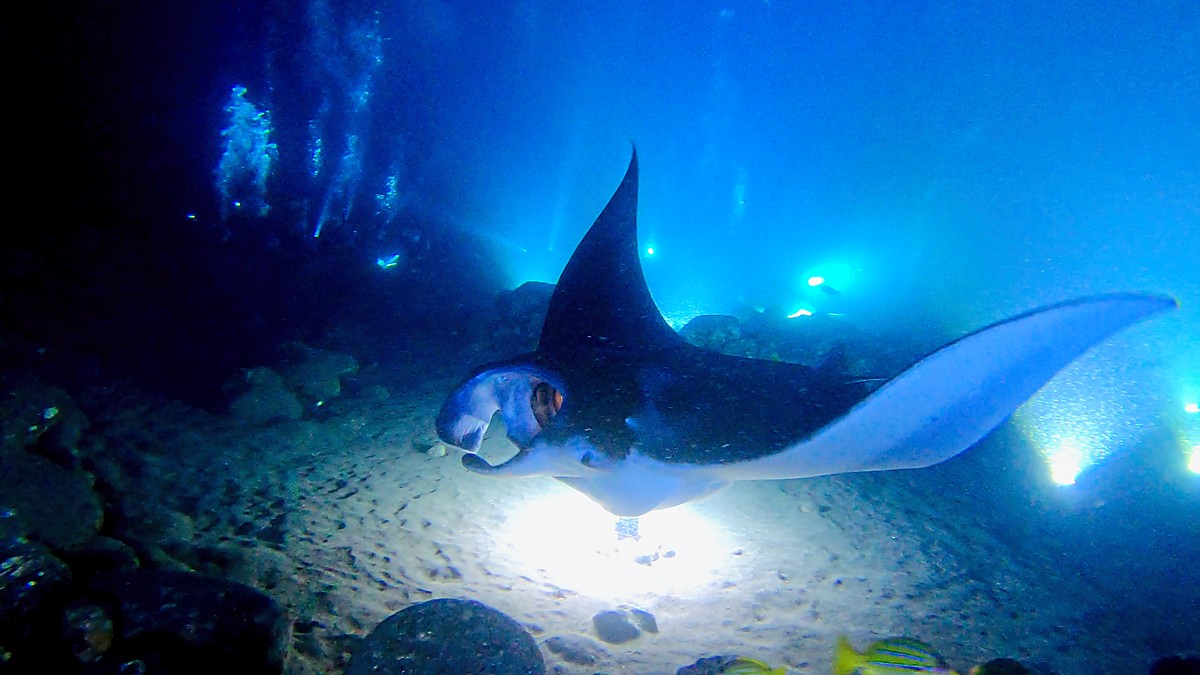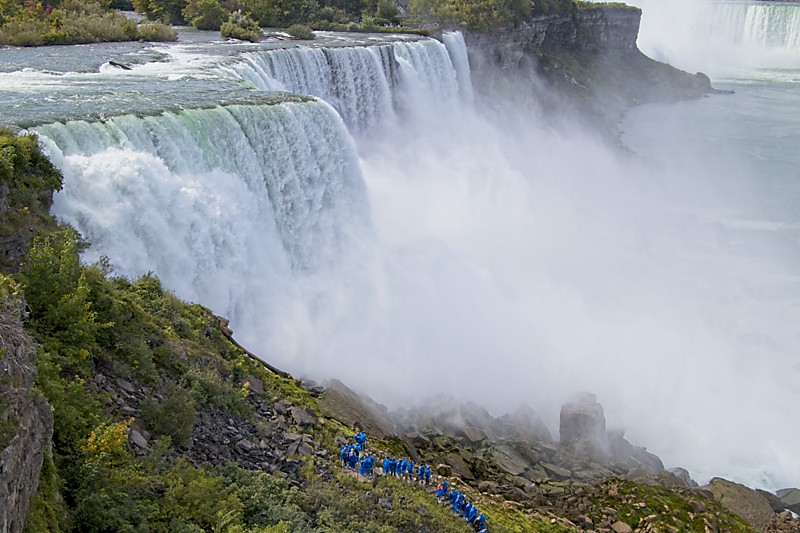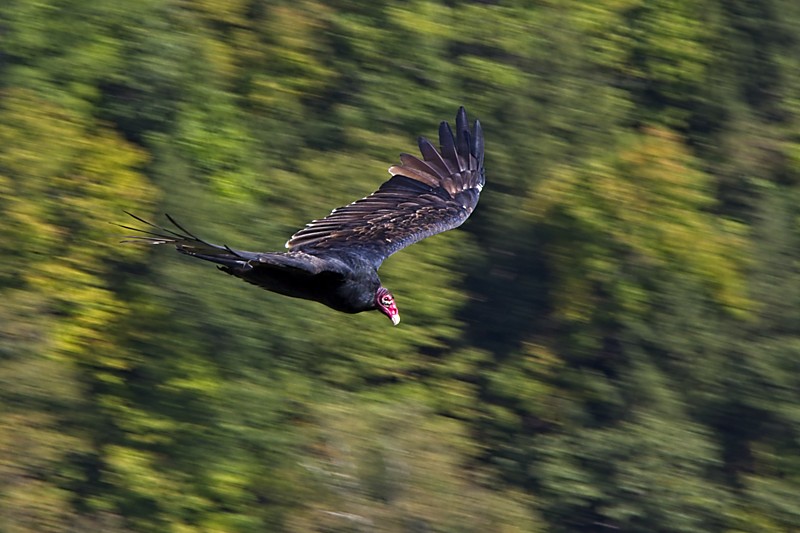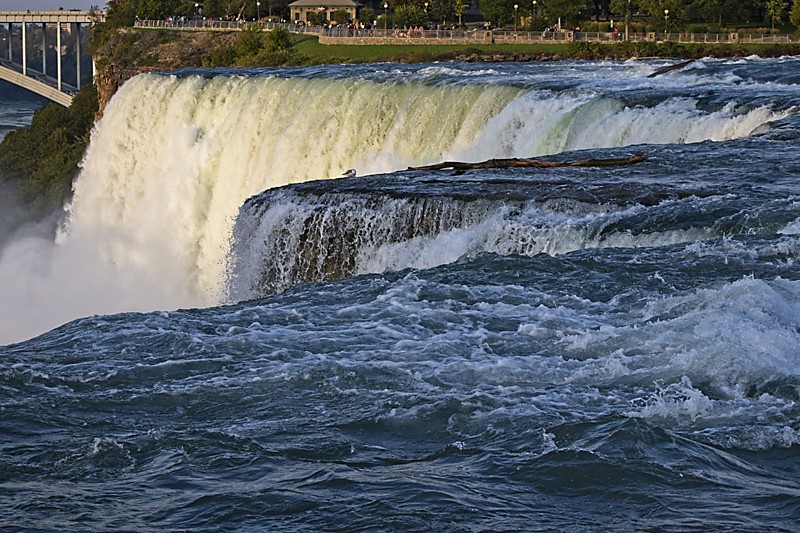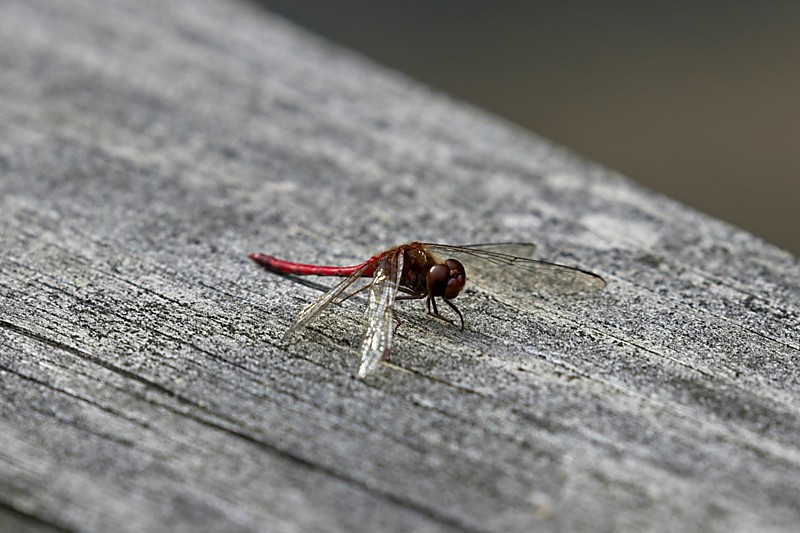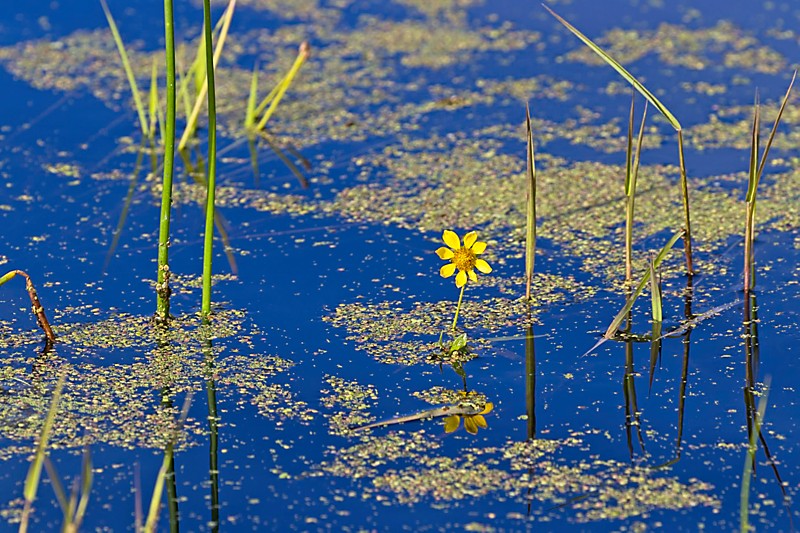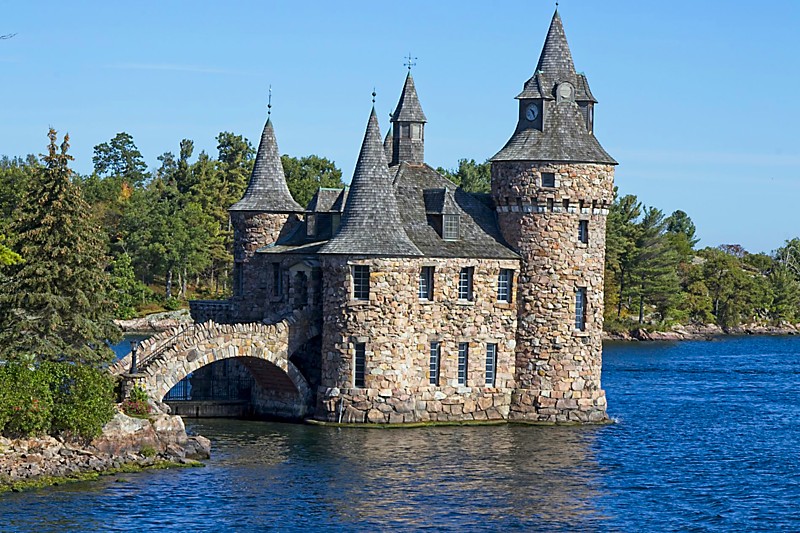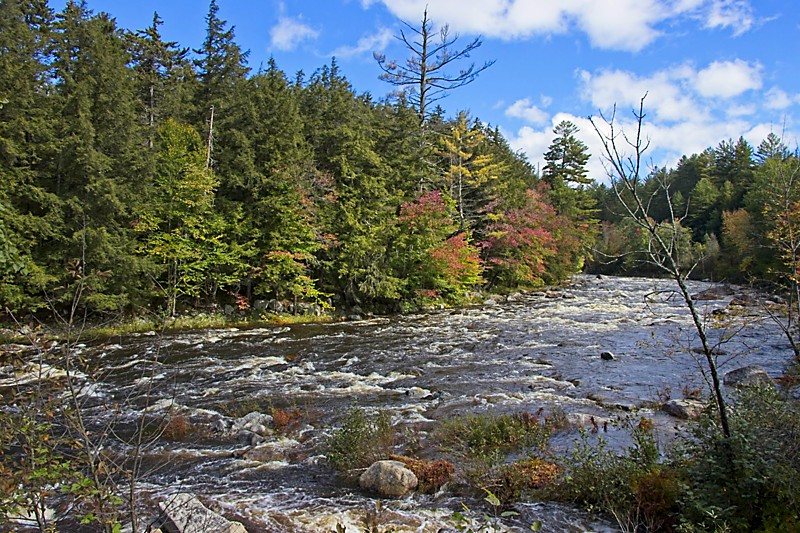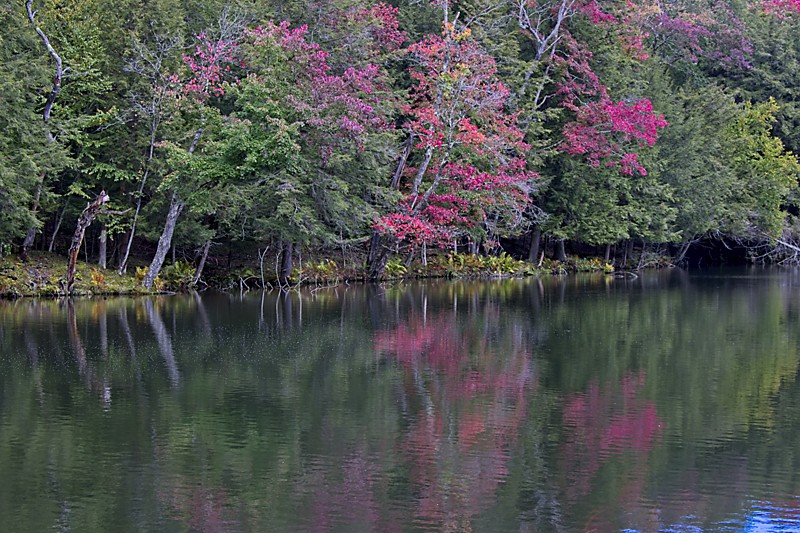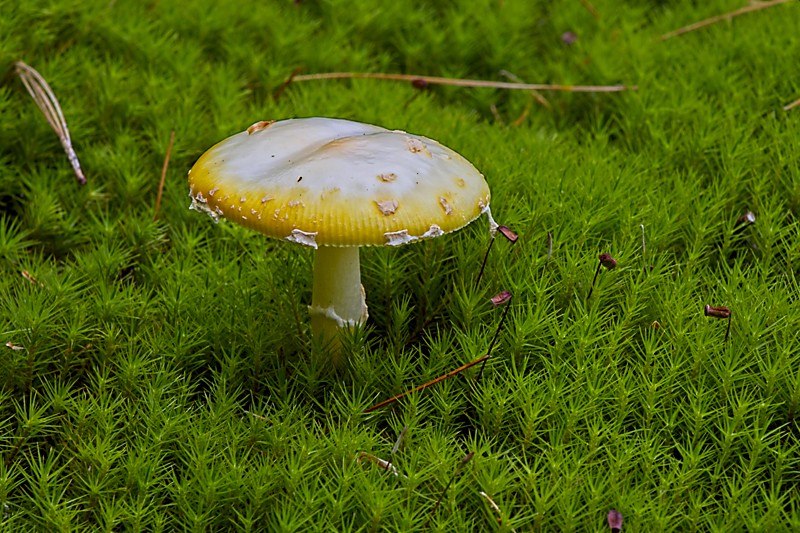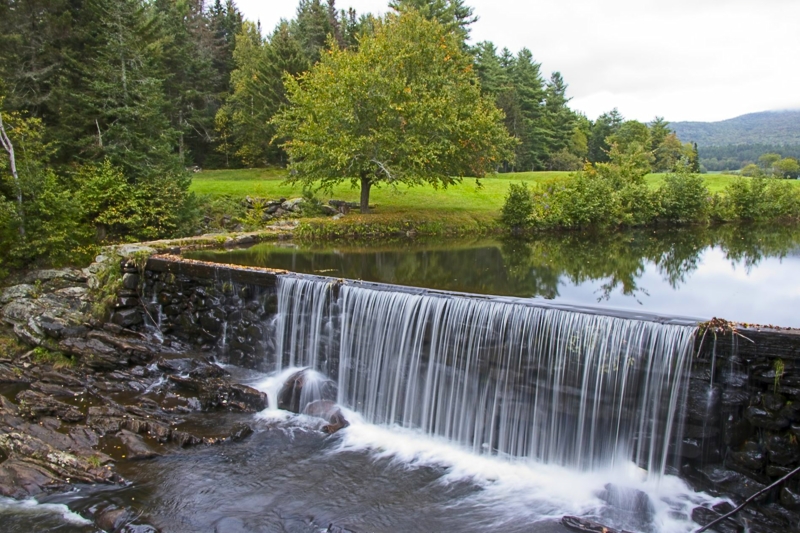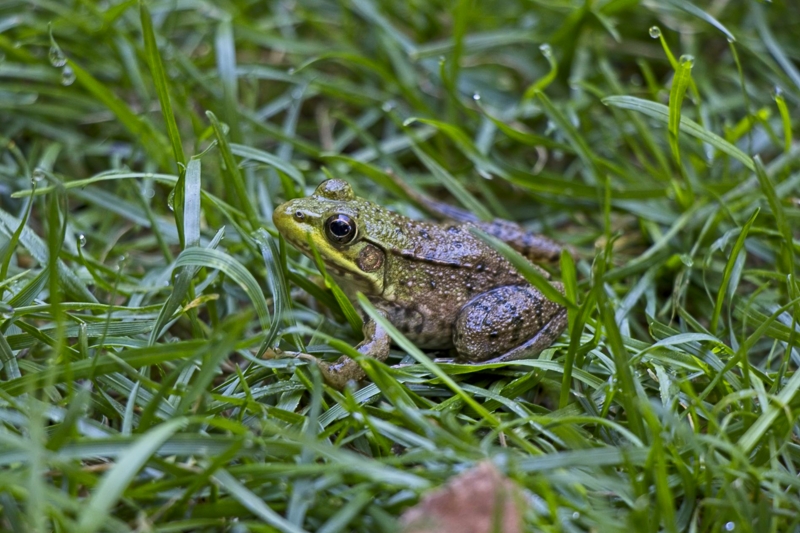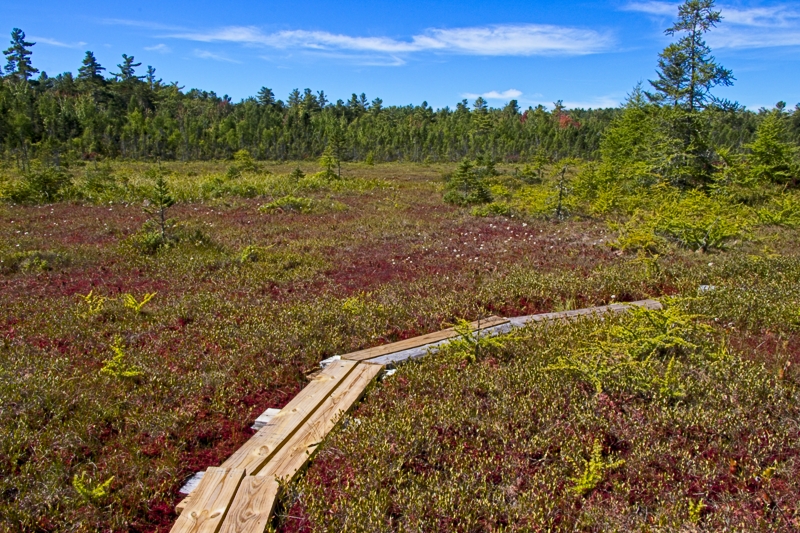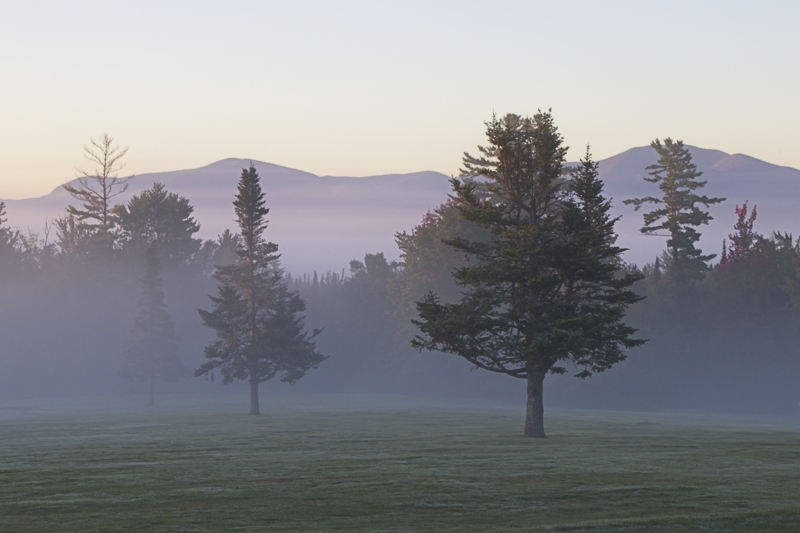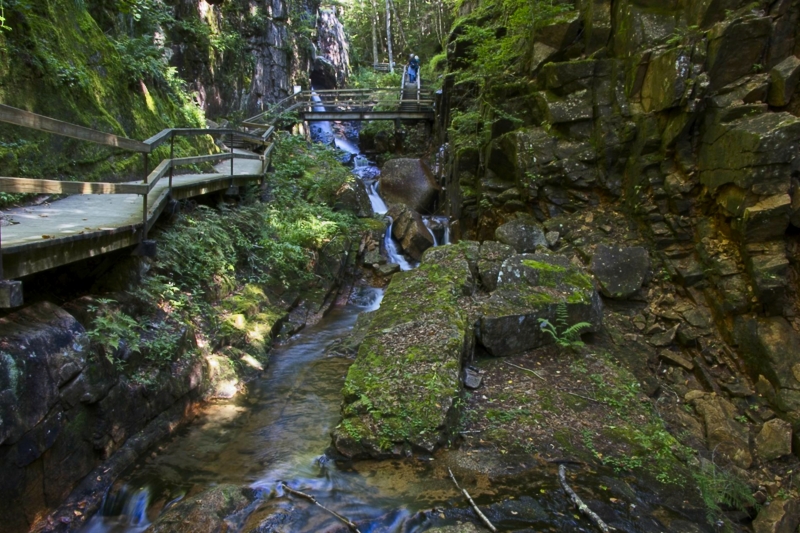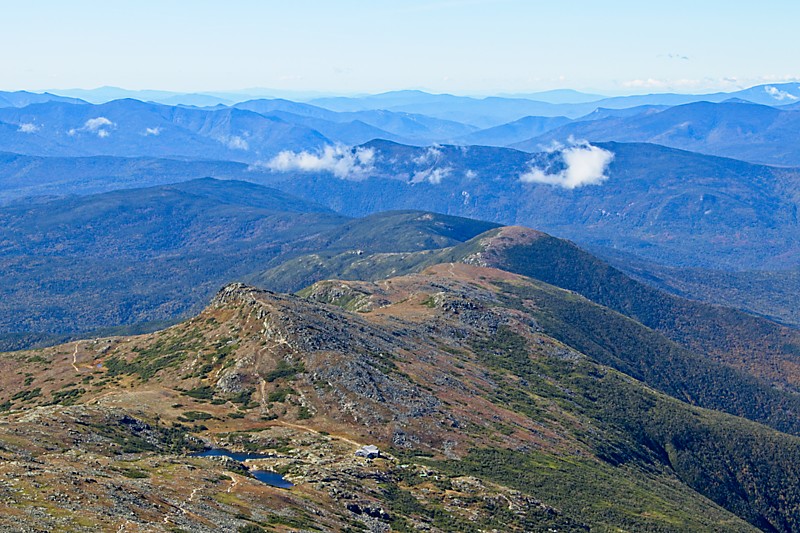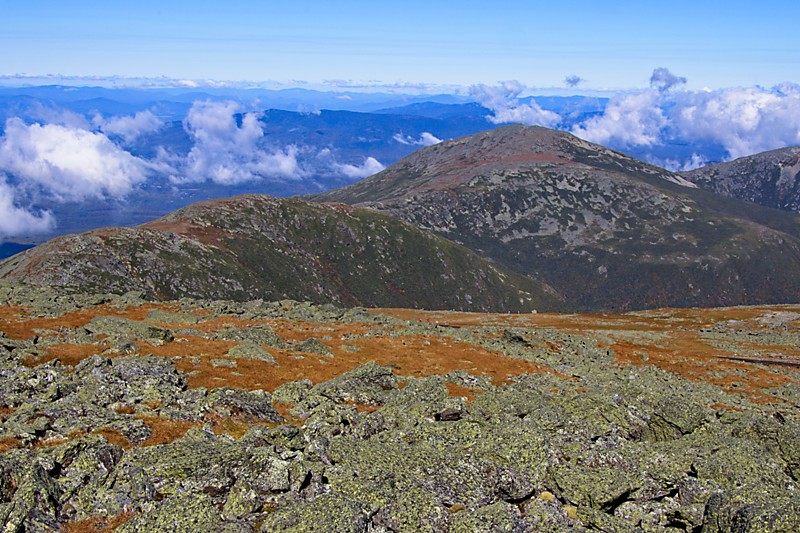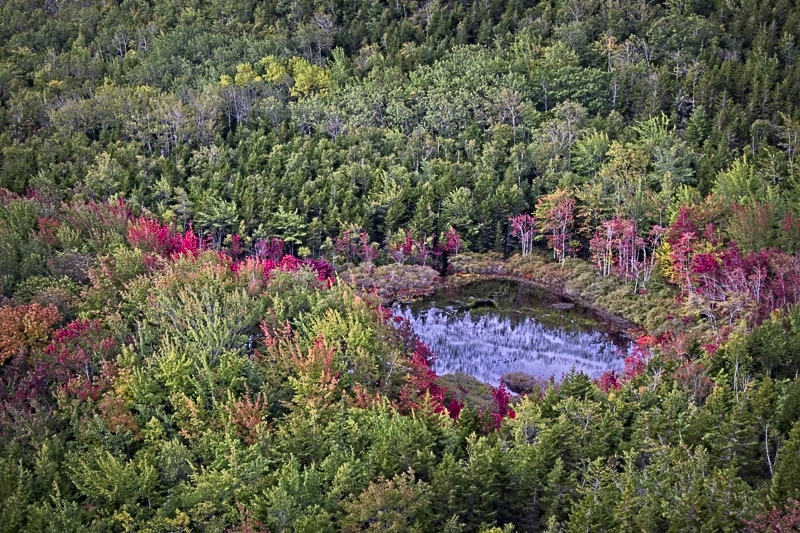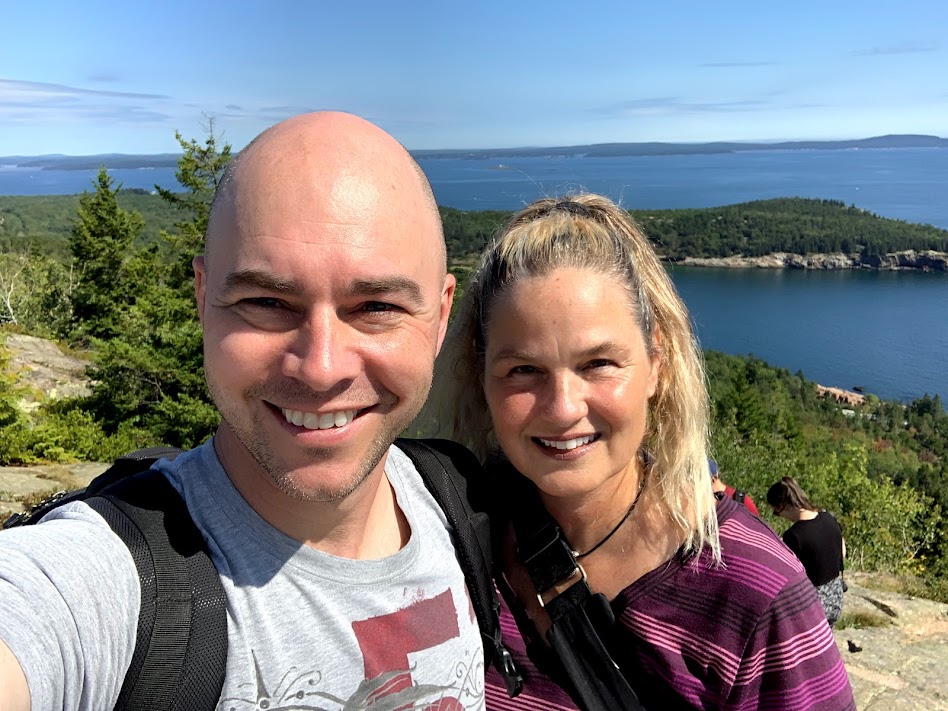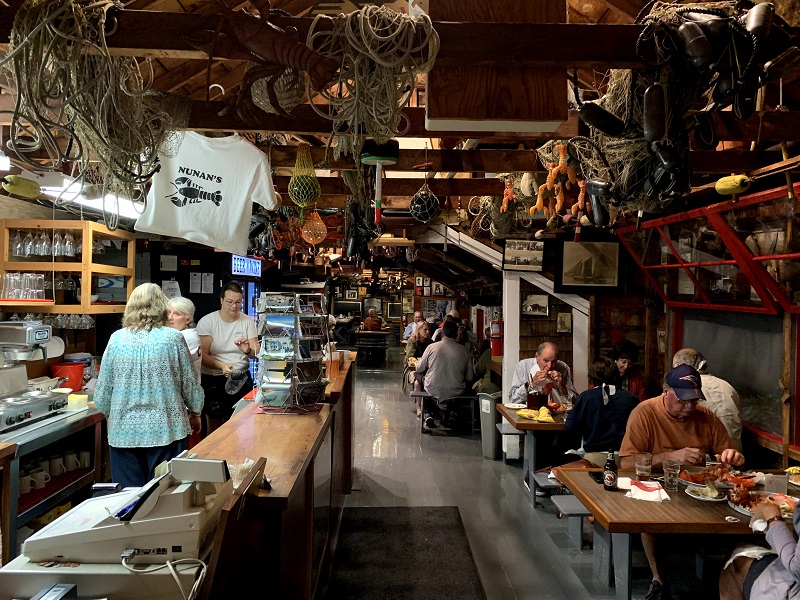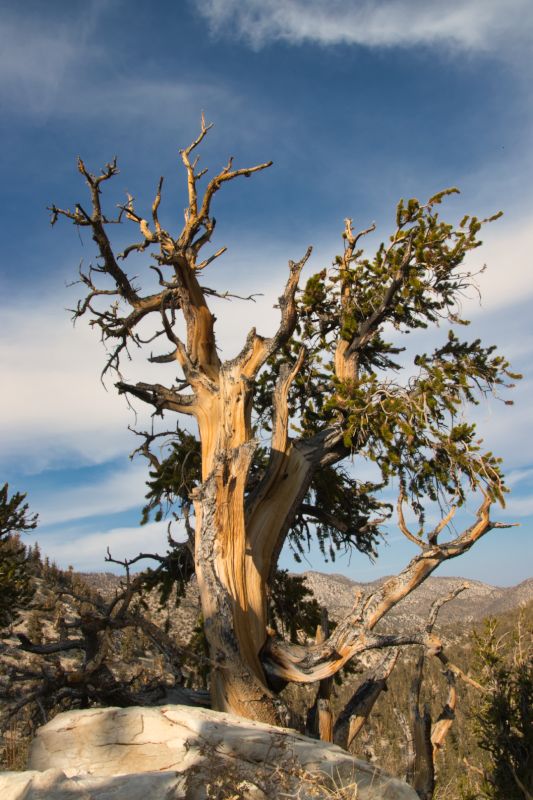Audrey and I have had a long-running feud over the pronunciation of “syrup”. Being from New England, where syrup was basically invented, it was my assertion that it was a single syllable word pronounced “surp”. Audrey scoffed at this notion, insisting that the only proper pronunciation involved two syllables. Today at Sugarbush Farm we incited a small argument among the ladies running the farm store over how the word is actually pronounced, but all of them agreed without hesitation that “surp” was wrong, and I was forced to do a walk of shame back to our car.
Prior to losing this grammatical battle we had another very full day. Things started off with a quick trip to the Saint Gaudens National Historic Park, home to one of America’s most famous sculptors but also well-known for the beautiful gardens and grounds. Of course, surrounded by incredible statues, flowers, and architecture, we were most impressed by the frogs in one of the fountains, but in our defense, California is kind of lacking in amphibians.
The next stop was one that Audrey was particularly excited about – the Philbrick-Cricenti Bog, located across the road from my family’s old cottage. I remembered the boardwalk trail through the bog as a really fun adventure from childhood, and four decades later it’s still a great walk. Weird bog plants are everywhere, pitcher plants sprout through the moss, the wooden planks suck and gush mud with every step, and you’re constantly reminded of being on a very thick mat of moss over an ancient pond. Audrey was in sheer heaven throughout, which only made the trip better.
The remainder of the day was a series of quick stops. First we had lunch at Peter Christians Tavern, a place I visited dozens of times with my family when we were at the cottage. Next we met a few of Audrey’s relatives for coffee near Dartmouth, and from there ended the day with a visit to the aforementioned maple syrup (two syllables) and dairy farm.
Tomorrow we’re leaving our castle in Vermont for two nights in the Adirondacks, followed (hopefully) by four nights in Canada. Current border restrictions require a negative COVID test within 72 hours of crossing the border, but I underestimated how difficult it would be to get tested in rural Vermont/New York, so after checking dozens of locations we finally found two available appointments two days from now, just over 24 hours from when we need to cross the border. Hopefully the lab turnaround times are fast, otherwise we might be spending a surprise night in upstate New York waiting for our results to arrive.
Green frog in Saint Gaudens National Historic Park. At the home of one of America’s most renowned sculptors, surrounded by incredible art and beautiful gardens, we were most excited about the frogs.
Philbrick-Cricenti bog trail. My favorite entry in the
trail guide: “Stay on the walk! Those light green patches are only thin skims of moss and sedge. Below them are remains of cows, deer and at least one horse.”
